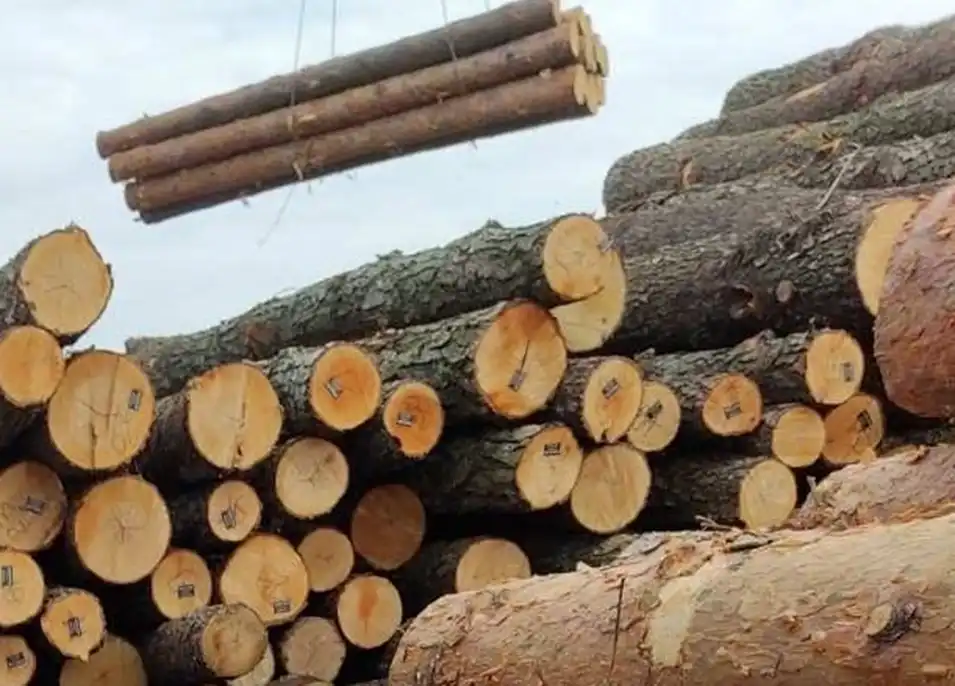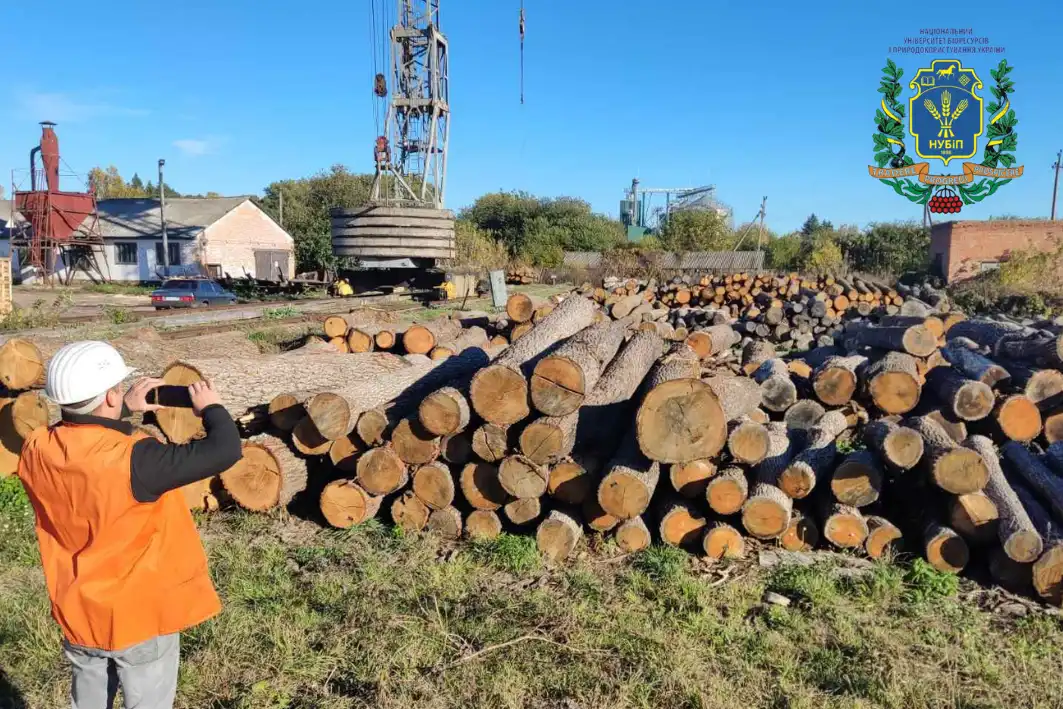In Ukraine, much attention is paid to the training of forestry specialists. A key part of the training program is forest mensuration, which includes theoretical and practical solutions for inventorying forest products, felled trees, growing trees, stands and forest areas. Of course, the greatest attention is paid to the taxation of timber products, especially round wood, as its value is the highest on the timber market. Ukraine has a wide variety of landscapes, forest conditions, and forest-forming species that create productive plantations and require specialized forestry technologies to produce plantations that are most similar in structure to natural forests and maximize the yield of roundwood as a unique biomaterial that is as friendly to sustainable use as possible.
The Forest Mensuration course at the Department of Forest Mensuration and Forest Management of National University of Life and Environmental Sciences of Ukraine (NULES) provides a broad overview of existing methods of forest products taxation: from the simplest and most classic methods of measuring and accounting logs using calipers and tapes to modern methods of wood scanning.
Frankly speaking, around 2016-2017, the decision to incorporate smartphone usage based on the optical surveying method into the forest mensuration course was driven by the growing interest of young people in smartphones and mobile applications. We believed this would serve as a distinct feature for students, making the typically monotonous mathematical aspects of forest mensuration more engaging. However, our initial experience with smartphones and the optical method for round timber inventory and certain stand inventory indicators led us to rethink the course structure and adjust our priorities accordingly.

The Timbeter mobile program and its capabilities for timber product accounting attracted special attention. While new measurement methods are quickly and optimistically embraced in academic settings, they require thorough testing and proof of effectiveness in production environments.
The Department of Forest Mensuration and Forest Management at NULES of Ukraine has incorporated Timbeter into its training practices and included testing its accuracy in the research topics of bachelor’s and master’s theses.
Not all private companies are open to collaborating with academic institutions, as most tend to prioritize their commercial interests and goals. However, Timbeter responded positively to NULES’ request for cooperation, allowing students majoring in forestry to use their software for research and thesis writing.
As part of the cooperation between NULES and Timbeter, a study was conducted of three full-time bachelors and three extramural masters who worked in forestry enterprises in Chernihiv and Poltava regions in positions related to the accounting of round timber. The idea of the experiment was quite simple and extremely practical: to compare the results of the round timber taxation using the methods used in production with the results of the log taxation using the Timbeter software product installed on a smartphone with the appropriate specifications.
In Ukraine, until 2019, according to the forestry legislation, the method of taxation of round timber was used by measuring the diameter without bark in the upper part of the log, which was used as a state standard for many decades. This method took root among foresters and was quite convenient to use, provided that the trunks were straightened in the upper warehouse and the logs were stacked while simultaneously sorted.
Since early 2019, legislative amendments have made it mandatory to use the timber volume taxation method based on measuring the diameter at the middle of the log, with the bark intact. While this has created fairer conditions for timber accounting in the market, it has also somewhat complicated the taxation process for logs once stacked, especially in the common practice of logging by chainsaw teams.

Timbeter technology allows for the detection of deviations in log volume taxation when comparing methods that measure the diameter at the upper section or the diameter at the middle of the log with the bark intact. It’s important to note that for both of these taxation methods in Ukraine, scientists have developed mathematical models, which have been used to create normative taxation tables, published in standards and forest taxation guides. Meanwhile, Timbeter uses the cylinder formula to calculate log volumes, as its other formulas are region-specific. However, we understand that if Timbeter gains customers from Ukraine, the company could easily add models (standards) for round timber taxation of Ukraine’s primary forest species to its database.
One example of the study’s results is a comparative analysis of log volume taxation for a mixed batch of timber products at the lower yard of Nizhyn Forestry in Chernihiv Oblast. In one experiment, 569 logs of pine, alder, birch, and linden were measured, with lengths ranging from 3.2 to 4.0 meters. Out of a total log volume of 117.09 m³, the deviation in Timbeter’s measurement technology was only -0.3%.
Overall, the experience of working with students during practical classes and diploma research has demonstrated that the deviation in log stack taxation results for stacks over 100 m³ did not exceed ±1%, as long as students were properly instructed and adhered to the guidelines for using the Timbeter software on their smartphones. It is understandable that the error margin for smaller stacks may be larger, while the error tends to decrease with larger volumes of wood.
The experience of using Timbeter’s innovative technology marks the beginning of a new era in timber inventory and electronic accounting. This technology reduces the time and resources required for timber inventory, accelerates the movement of timber products from logging sites to wood processing plants, fundamentally increases control over timber circulation, and enhances market transparency, all while promoting sustainable forestry.
We hope that once the war is over, the Ukrainian forestry sector, private logging enterprises, and the timber market will experience rapid development. With this growth, we anticipate that Timbeter will successfully enter the Ukrainian market for timber inventory and electronic log accounting with its innovative technologies and solutions.
Andrii Bilous, Prof. Dr. Sci. (Forestry), head of Department of forest mensuration and forest management of NULES of Ukraine
